Movies for Photographers Vol. 1 (Cinematography 2000s, 2010s)
Once I've borrowed projector from the friend ...^_^
I have selected more than 90 movies with the great Cinematography work that deserves attention of any visual Enthusiast. Here is the Volume One of my List.
Roma (2018) - Alfonso Cuarón
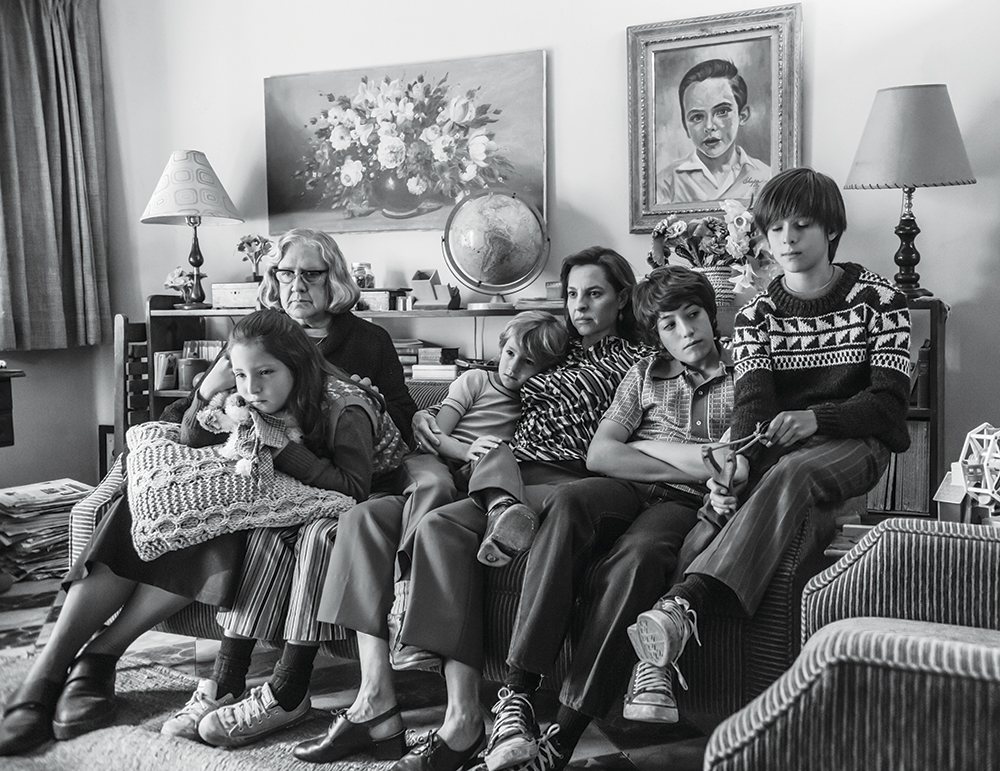
Cinematographer - Alfonso Cuarón
Large Format ARRI ALEXA 65, Prime 65 Lenses
Greatly composed, naturalistic digital black-and-white masterpiece
We always have the same complaint when shooting a movie:
“It’s not equipment — it’s time, I want to do a film the way I’d love to do it.” — Alfonso Cuarón
In terms of Alfonso's working method, when developing Roma‘s look, “the constant reference was Ansel Adams.” Specifically, Adams’ Zone System, to take into consideration all the various scene elements within the photographic frame. The Large format camera suggested by Lubezki brought “unbeatable” dynamic range allowing to utilize both foreground and background, each informing the other.
The camera is moving at a different tempo than the actors and becomes almost like a consciousness revisiting the story. The camera knows something the actors do not. It’s very powerful. (E. Lubezki)
You May also Enjoy (cinematography by Alfonso Cuarón)
Dunkirk (2017) - Christopher Nolan
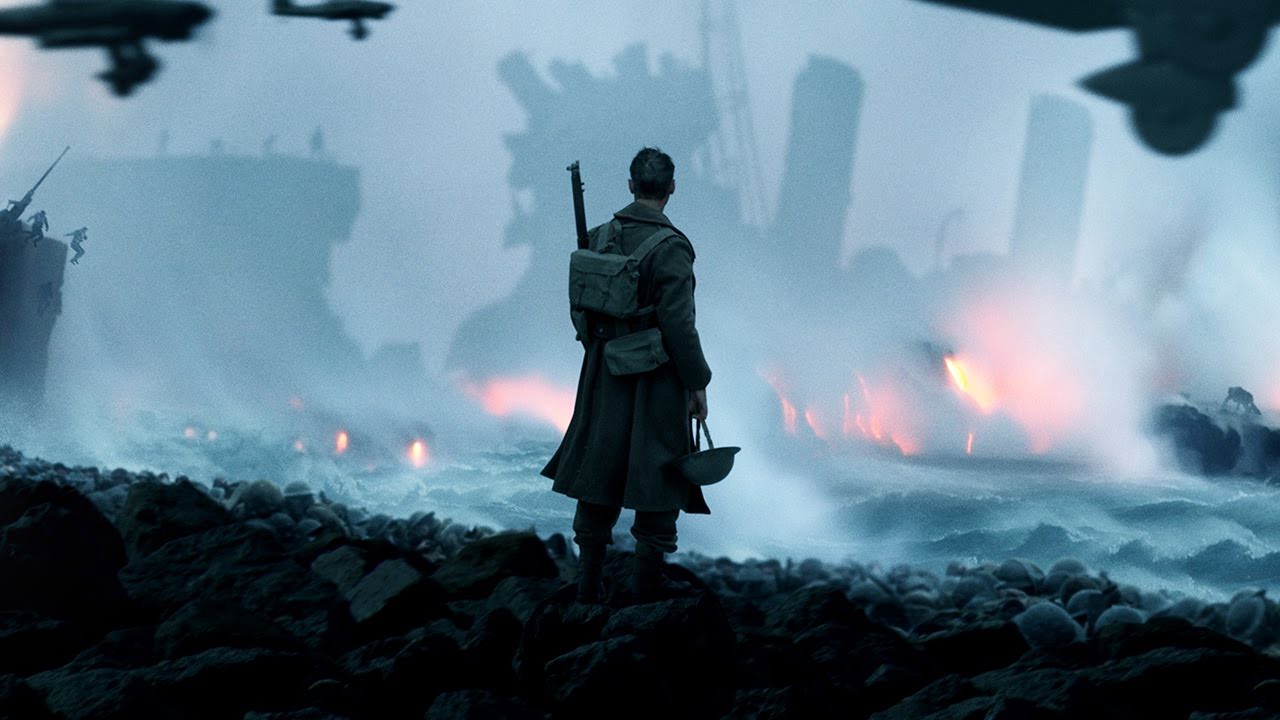
Cinematographer & Director of photography - Hoyte van Hoytema
IMAX 65mm camera
Great interplay of three timelines (land, air, sea) and use of natural light.
“It’s quality and there’s nothing like it.”
– Hoyte van Hoytema
“We always tried to be as much as possible in some sort of a point of view situation”
– Hoyte van Hoytema
“To experience all these moments as if you were there was the most important visual cue. Where does the camera have to be and what kind of lens provides the most immersive experience?”
– Hoyte van Hoytema
You May also Enjoy (cinematography by Hoyte van Hoytema)
Blade Runner 2049 (2017) - Denis Villeneuve
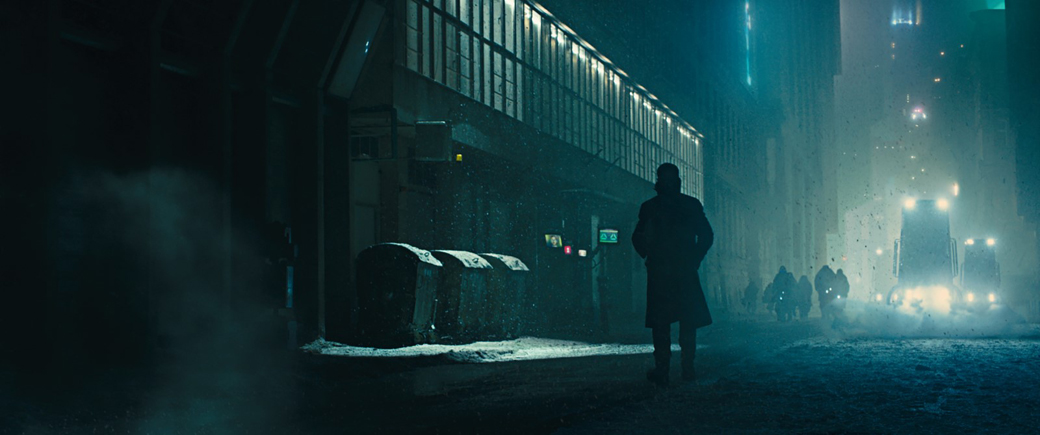
Cinematographer - Roger Deakins
Visually stunning work with the meaning through Colour and Horizon line level.
The bold colors of “Blade Runner 2049” were done in-camera, without manipulating the image in the DIT or color-grade, yet via the tweaking and mixing the lights.
Roger Deakins also used massive ring lights and water reflections to evoke different emotions.
Drawing inspiration from the brutalist architecture of London, the smog of Beijing, the shipyards of Bangladesh, and the red dust storms of the Sahara, Deakins describes their concept as, “what would feel possible based on what is already happening today.”
You May also Enjoy (cinematography by Roger Deakins)
- Sicario (2015) - Denis Villeneuve
- Unbroken (2014) - Angelina Jolie
- Prisoners (2013) - Denis Villeneuve
- Skyfall (2012) - Sam Mendes
- True Grit (2010) - Coen brothers
- The Reader (2008) - Stephen Daldry
- No Country for Old Men (2007) - Coen brothers
- The Assassination of Jesse James by the Coward Robert Ford (2007) - Andrew Dominik
- O Brother, Where Art Thou? (2000) - Coen brothers
- Kundun (1997) - Martin Scorsese
- Fargo (1996) - Coen brothers
- The Shawshank Redemption (1994) - Frank Darabont
La La Land (2016) - Damien Chazelle
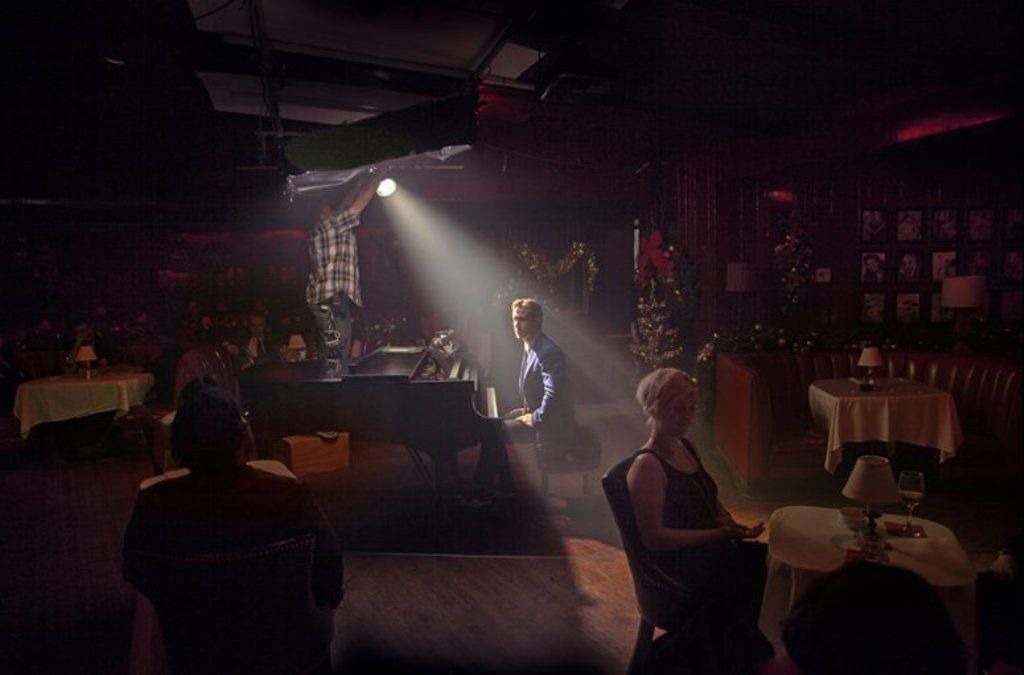
Cinematographer - Linus Sandgren
Visually Rich and Colorful Musical Romance shot on Film.
La La Land was shot predominantly using a Panavision 35mm lens and 40mm Anamorphic[1] lens for the scenes with scenes with close zooms.
“…Wanted the film to be an homage to old Hollywood musicals, and the craft of filmmaking, and the craft of making music properly with instruments and not on synthesizers, he felt that the film had to be shot in the scope format, anamorphic, because he loves anamorphic lenses in general, and scope would fit the film.”
You May also Enjoy (cinematography by Linus Sandgren)
- Joy (2015) - David O. Russell
- The Hundred-Foot Journey (2014) - Lasse Hallström
- American Hustle (2013) - David O. Russell
The Neon Demon (2016) - Nicolas Winding Refn
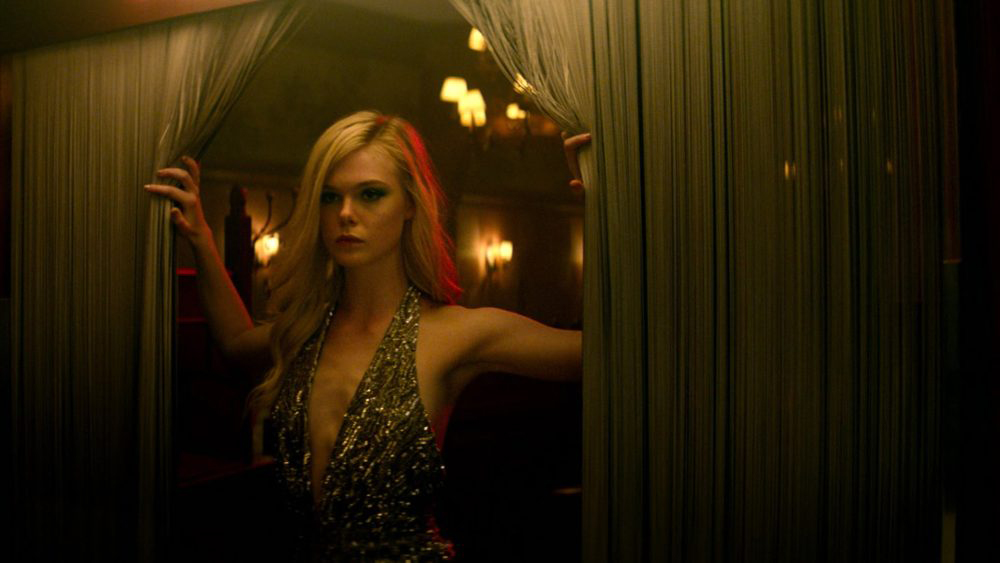
Cinematographer - Natasha Braier
Created Universe of Fashion Horror in Neon Lights. The hyper-stylized World with extreme Aesthetics and Bold Colors.
“He is a highly stylized filmmaker, with the concepts and thinking behind his images, but he also rides the wave of the unexpected to the extreme, so much so that he even shoots his films in chronological order and his script completely mutates while shooting.”
– Natasha Braier
Shot digitally with 'Alexa' and with precisely selected Old lenses the movie has porcelain skin tones and Vivid colors. It has a limited color palette and All extreme colors, lights and shadows were captured in camera.
You May also Enjoy (Films by Nicolas Winding Refn)
Carol (2015) - Todd Haynes
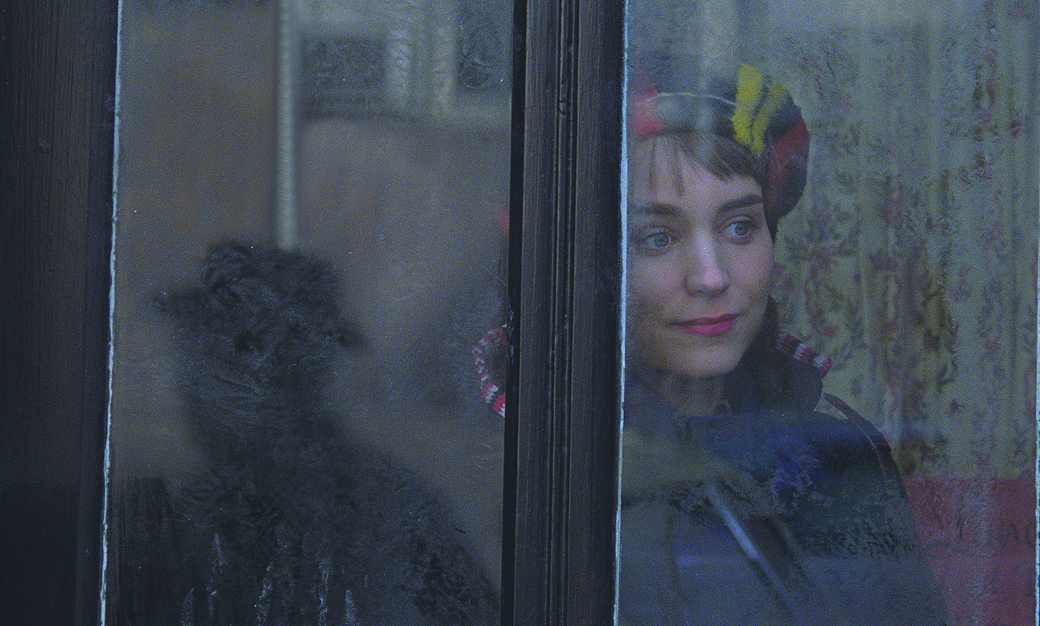
Cinematographer - Edward Lachman
Shot on Film. Inspired by documentary work of Helen Levit and photographs of Saul Leiter. With its anthropomorphic quality of film grain and referencing to the narrowed Ektachrome colour range, Todd Haynes movie reveals the pre-Eisenhower period in a very naturalistic way.
"I didn’t realize that people in different time periods saw color in a different way."
– Edward Lachman
You May also Enjoy (cinematography by Edward Lachman)
The Hateful Eight (2015) - Quentin Tarantino
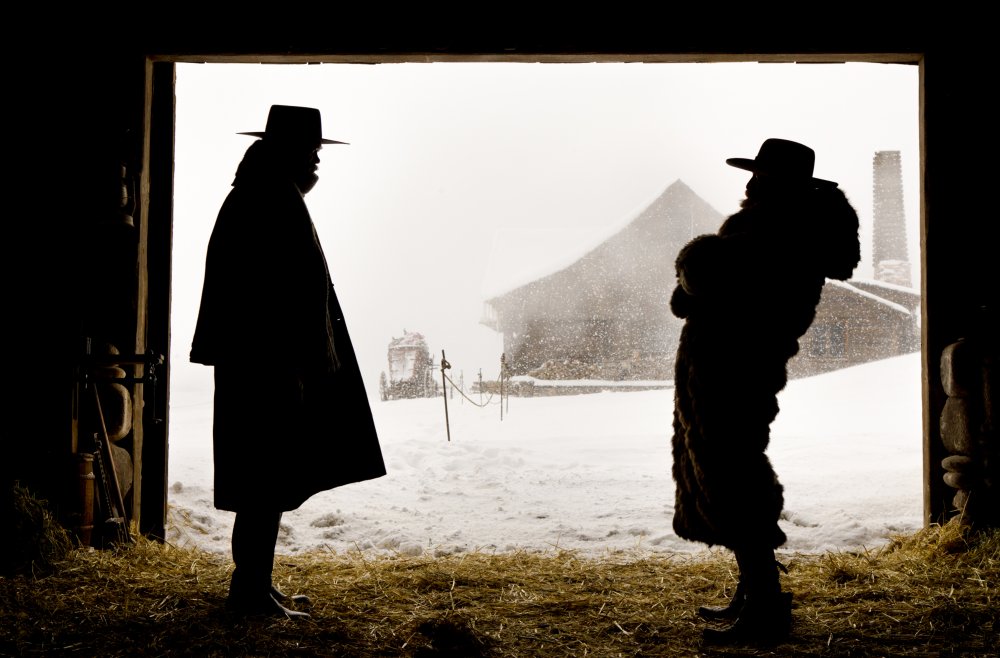
Cinematographer - Robert Richardson
Music Composer - Ennio Morricone
The film shot with 65mm film, using Ultra Panavision Anamorphic[1:1] 70mm lenses, capturing an aspect ratio of 2.76:1.
“I thought it could be really cool in this claustrophobic situation,” Tarantino argues. “It makes the close-ups very, very intimate."
You May also Enjoy (cinematography by Robert Richardson)
- Django Unchained (2012) - Quentin Tarantino
- Inglourious Basterds (2009) - Quentin Tarantino
- Hugo (2011) - Martin Scorsese
- Shutter Island (2010) - Martin Scorsese
- The Aviator (2004) - Martin Scorsese
- Kill Bill: Vol. 1 (2003) - Quentin Tarantino
The Grand Budapest Hotel (2014) - Wes Anderson
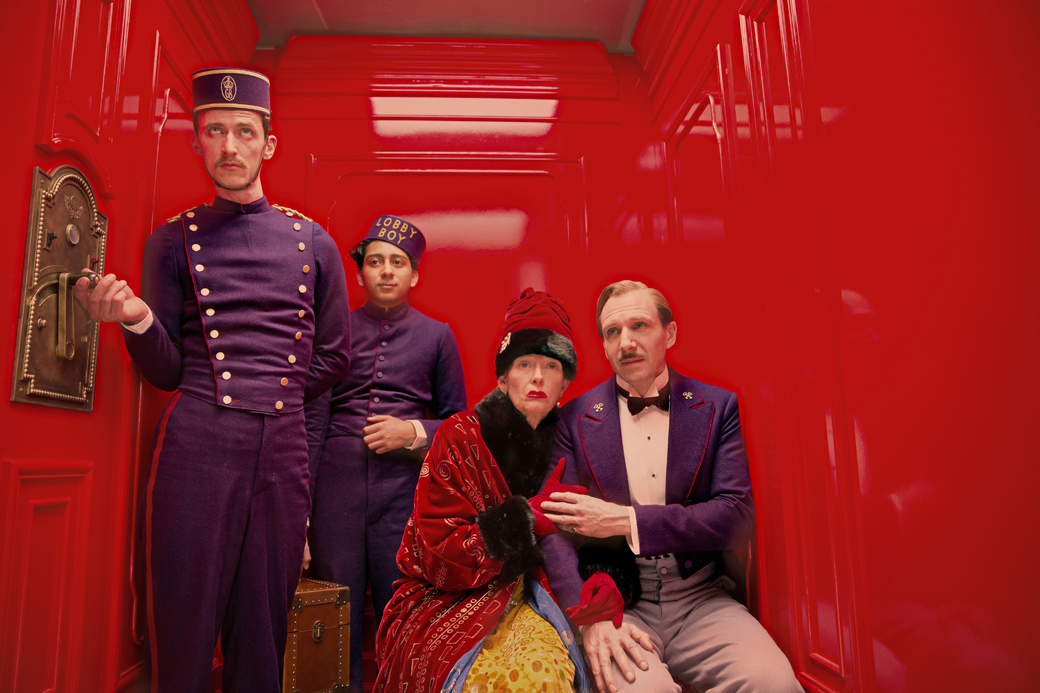
Cinematographer / Director of Photography - Robert D. Yeoman
The Comedic fairy-tale-like story with vivid Colours and great Composition.
Hotel shot on 35 millimeter film.
Surprising square-ish 1:37 (4:3) Academy ratio (1930s scenes).
1.85:1 (16x9) ratio (1985s scenes); super-wide 2.39:1 (1960s scenes).
Like Stanley Kubrick, a devotee of “one-point perspective,” Anderson gravitates to shots with perfectly centered focal points, creating the precisely structured scenes.
“I’ve practiced those kinds of shots so many times it’s become sort of second nature for me,” – Yeoman
Through The Whip Pan camera movement Yeoman ties everyone into the scene (cause it's done in a single shot).
The vivid colours used in film create this fairy-tale-like story.
“Wes did research at the Library of Congress and found these old black and white pictures of people in hotel lobbies which had been hand-colored. He was fascinated by that process and early on we explored the idea of making the whole movie look like this early version of Kodachrome, hand-tinted photography,” says Yeoman. “In the end Wes decided to go a more traditional route, but those old photos influenced the way we framed some of those scenes.”
You May also Enjoy (cinematography by Robert D. Yeoman)
Birdman (2014) - Alejandro G. Iñárritu
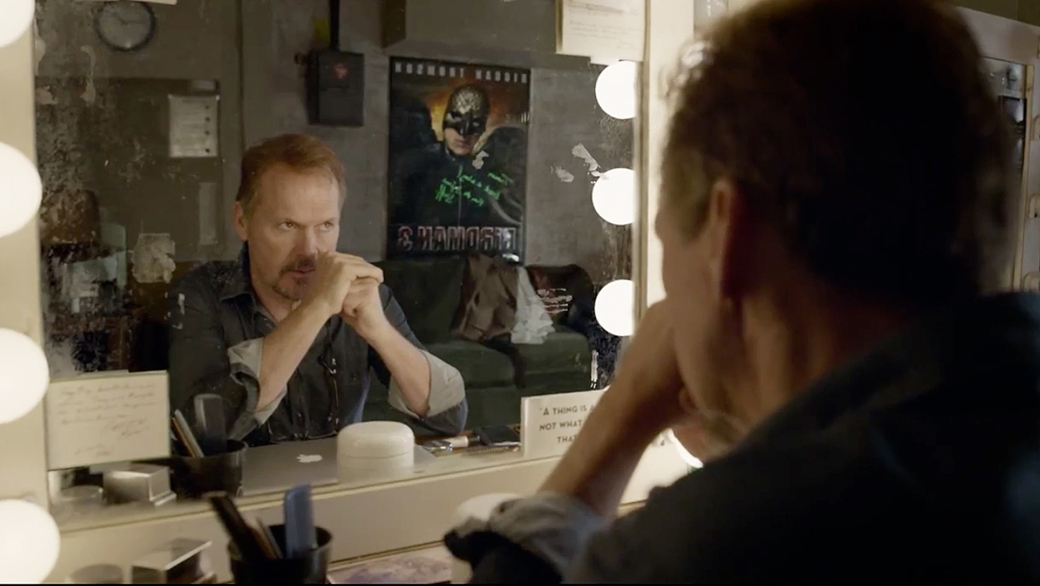
Cinematographer - Emmanuel Lubezki
The movie looks as if it were shot in one extended take[^2]
"It was like a ballet — that's what made it truly exciting," – Emmanuel Lubezki
You May also Enjoy (cinematography by Emmanuel Lubezki)
- The Revenant (2015) - Alejandro G. Iñárritu
- Gravity (2013) - Alfonso Cuarón
- Children of Men (2006) - Alfonso Cuarón
- Sleepy Hollow (1999) - Tim Burton
A Pigeon Sat on a Branch Reflecting on Existence (2014) - Roy Andersson
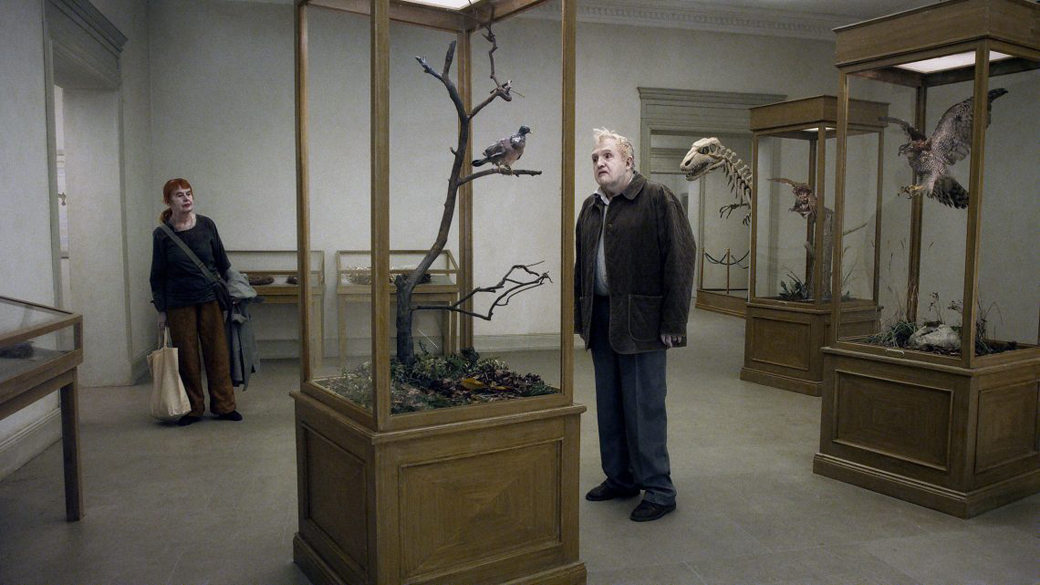
Cinematographer - István Borbás, Gergely Pálos
Incredible, Philosophical, captivatingly Strange and Dreamlike movie about human condition, with the Dark Humor and amazingly structured scenes.
"I’m trying to show what it’s like to be human and to be alive."
– Roy Andersson
Most of the scenes are static, hyperrealistic and well-composed (each set is hand-built). Persons and faces are seen in the middle-distance, never close-up, yet with pin-sharp clarity through the whole stage. Often things are changing in the background.
"A society where one shares, and feels responsibility towards others. Unfortunately, we’ve had a period where to look after one another is seen as old-fashioned. This is the path Sweden has taken politically. But it’s evident that it hasn’t worked out. It is a painful insight, which I think people will start to realise more and more."
– Roy Andersson
Each scene has a meticulous balance between the beautiful and sad. There is so much loneliness, so much sadness and tragedy in them, yet at the same time, they are very beautifull.
"I’m trying to show we have to care for the little we have left. I want to show the vulnerability, and the weakness we carry."
– Roy Andersson
You May also Enjoy (Films by Roy Andersson)
- You, the Living (2007) - Gustav Danielsson
- Songs from the Second Floor (2000) - István Borbás, Jesper Klevenås
The Great Beauty (2013) - Paolo Sorrentino
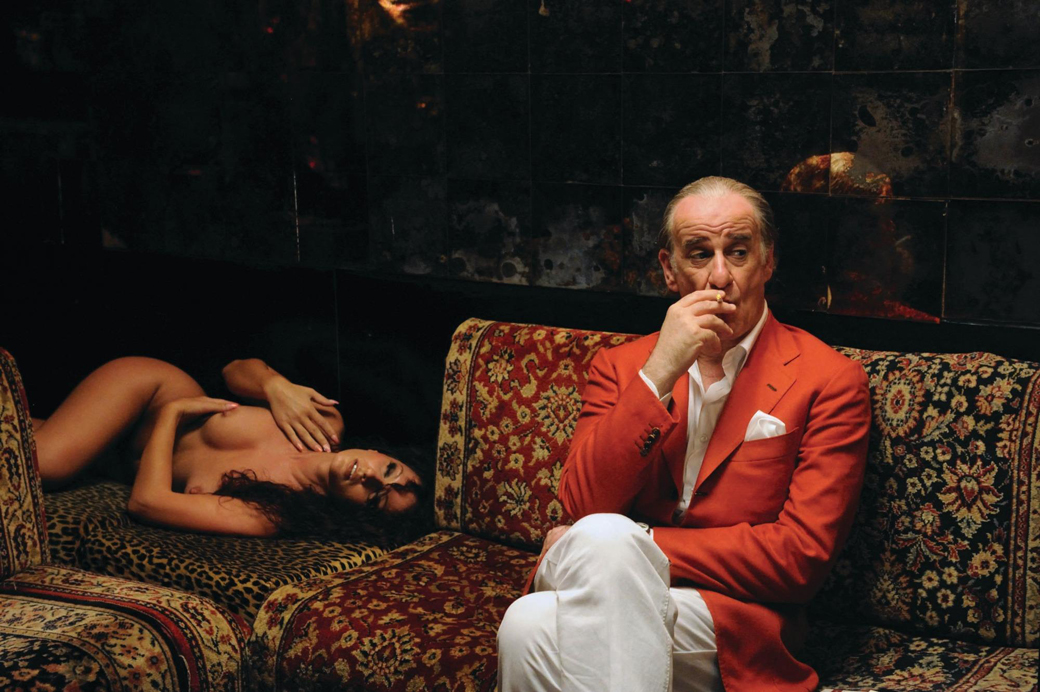
Cinematographer - Luca Bigazzi
Evocative, sensitive & Visually resplendent film. It is choreographically beautiful, headed towards a dreamlike state, and has well-calculated composition.
Paolo has known for his long takes, yet here he had a chance to do long shot only in the end of the movie.
"The movie is trying to say that everybody can find a form of beauty in all the moments of his life and also in the moments where there is the vulgarity, the squalor. If you try to go out for a moment in your life, you can see the beauty everywhere in your own life."
– Paolo Sorrentino
"We are telling the story of Italian humanity, which for 20 years was dominated by Berlusconi and the vulgarity that this person has brought to our country. So it's the attempt to tell the horrors brought to a beautiful city like Rome."
– Bigazzi
You May also Enjoy (cinematography by Luca Bigazzi)
Only Lovers Left Alive (2013) - Jim Jarmusch
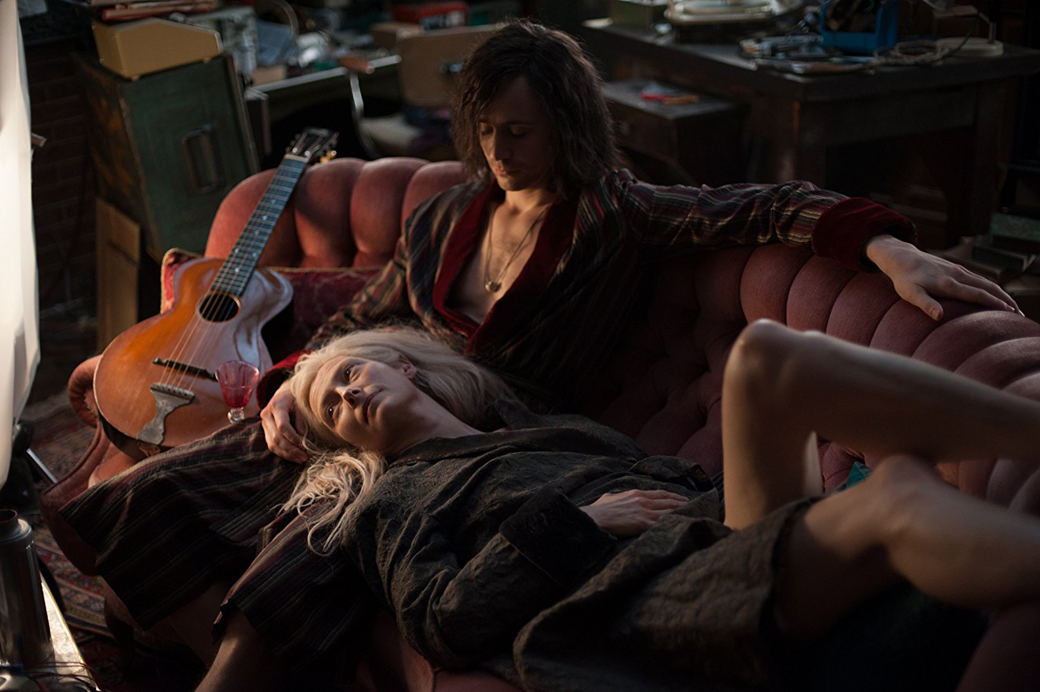
Blissfull masterpiece, graceful romance, atmospheric movie with deep music vibes, slow pace and dark humor.
In all Jarmusch’s films, the common denominator is Pacing. It always leisurely allows to establish the tone and compliment the intimate, revealing character-driven narratives.
Jarmusch has been trying to make the movie for seven years, and whenever a bump in the road had him ready to abandon the project, Tilda Swinton would insist: "That's good news, it means that now is not the time. It will happen when it needs to happen."
In Only Lovers Left Alive Stillness is essential to the film’s pacing.
Jarmusch uses slow motion, even superimposing slow-motion shots in scenes of the dancing to suppress the movement. The interesting addition is the antithesis to the restrained pace of the film, which you could find in one of the characters, which embodies action, energy, speed, and ultimately recklessness.
They live apart because they can, because it doesn't deprive them of time together. "If you live that long, separation for a year might feel like a weekend," says Jarmusch, his voice a spacey drawl. "It's not an obligation, it's an emotional connection." It's one so strong that Adam, a natural romantic who sees poetry in science, intimates that his relationship with Eve is an example of Einstein's theory of entanglement: "When you separate an entwined particle, and you move both parts away from the other, even on opposite ends of the universe if you alter or affect one, the other will be identically altered or affected."
– THEGUARDIAN
You May also Enjoy (Films by Jim Jarmusch)
- Paterson (2016) - Frederick Elmes
- Broken Flowers (2005) - Frederick Elmes
- Coffee and Cigarettes (2003) - Frederick Elmes, Robby Müller, Ellen Kuras
- Night on Earth (1991) - Frederick Elmes
Ida (2013) - Pawel Pawlikowski
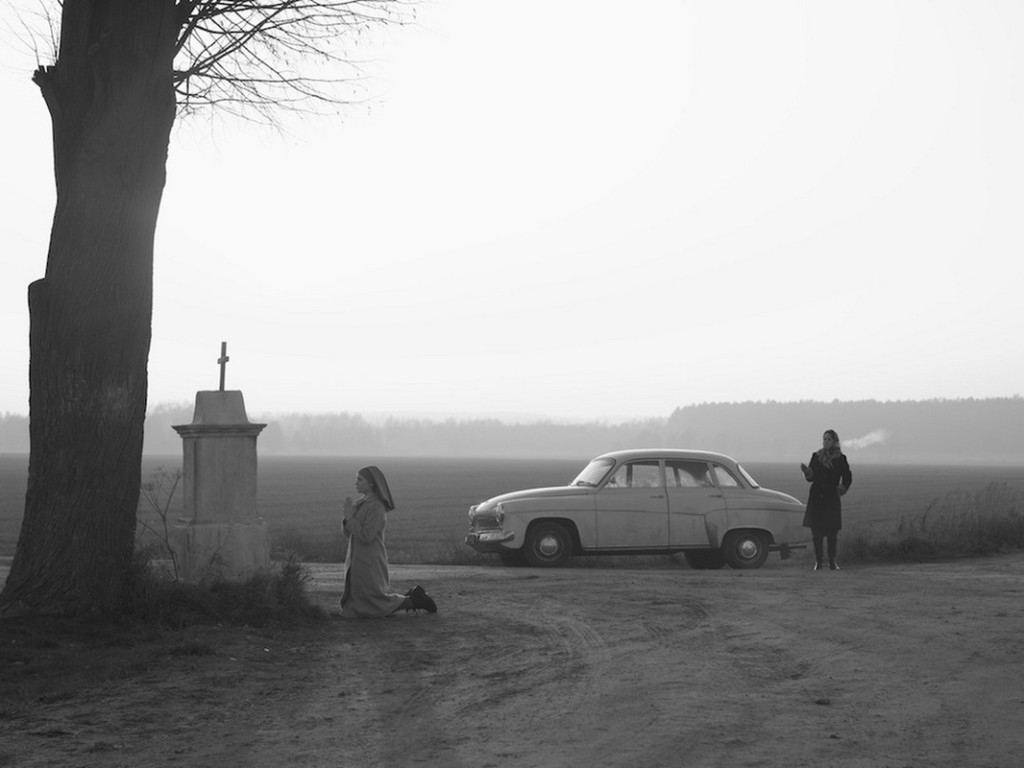
Director of Photography - Ryszard Lenczewski, Lukasz Zal
Black and White Compositional Masterpiece. Filled with graceful Stillness and immense Beauty, with the aesthetic of loneliness, sadness, nostalgia and post-war symbolism.
“I’m not emotionally excited by the power of cinema’s tricks anymore,”
– Pawlikowski
"Clearing away clutter, Pawlikowski almost never moves the camera; many of the scenes are just long-lasting shots, fed by a single light source that often puts the faces in partial shadow (what we understand of these two women will always be limited)" - THE NEW YORKER
"Shooting still photography not only gives me a way to communicate with directors in a straightforward, visual manner but it also gave me a lot of independence."
– Ryszard Lenczewski
DP Ryszard Lenczewski took 3000 photographs to previz and storyboard the film.
Lenczewski prefers Digital, yet he uses it with the Photographic respect:
"What I’m more worried about is digital compositing. In that case, you really start to remove the actors from the real world. I hope that digital compositing can be used in a sensitive, careful way. But in the end, it’s OK — we have new brushes, but we are still painters."
– Ryszard Lenczewski
You May also Enjoy (cinematography by Lukasz Zal)
Black Swan (2010) - Darren Aronofsky
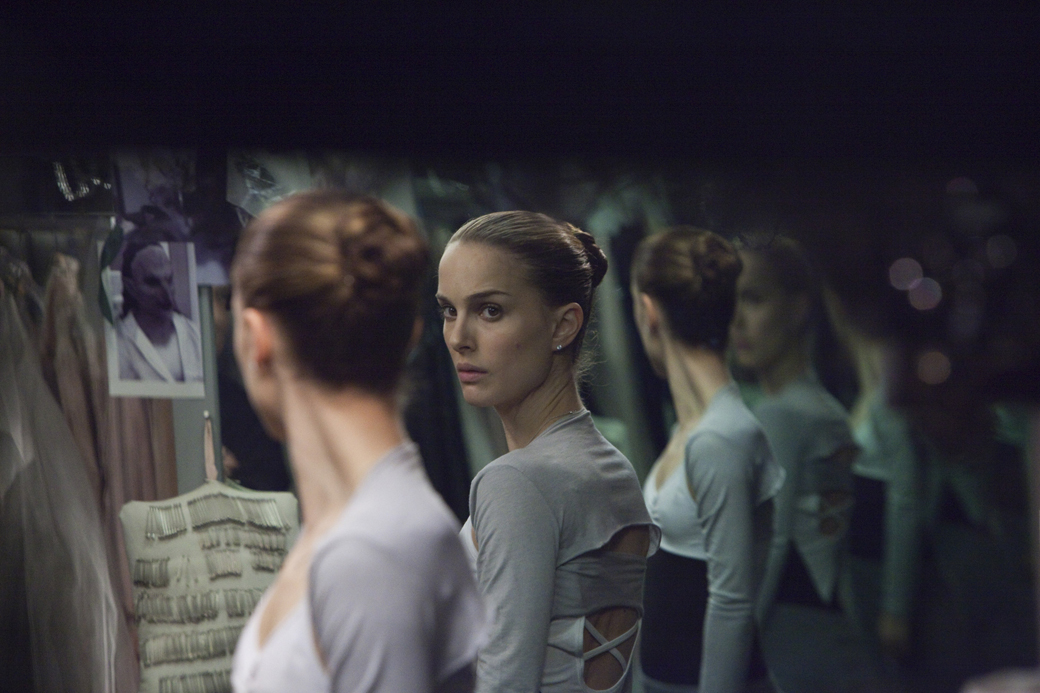
Cinematographer - Matthew Libatique
Fascinating, Psychologically Rich, Seductive and atmospheric movie full of aesthetics and Choreographic Beauty contrasted with the cruel intimate character study and fight against the Alter Ego.
"On 'The Wrestler' and 'Black Swan' especially, the camera started to become a character of its own. How we blocked scenes became very, very fluid and moveable because we had a moving handheld camera."
– Darren Aronofsky
To emphasise the psychosis the camera is almost never still (almost having a mind by its own). In practicing scenes, the camera is tilted even five or ten degrees, never offering perfection. In subway it follows the character, it shakes and judders to resonate with uncontrollable insanity. To mark the sense of paranoia and alter ago the film is rightfully plagued with mirrors (the reflections sometimes behave by their own), doubles and reflective surfaces.
"If it’s any genre, it’s some type of Gothic ballet genre. A lot of ballets are really Gothic and tragic fairy tales. That’s the kind of the tone I was going for."
– Darren Aronofsky
You May also Enjoy (cinematography by Matthew Libatique)
- Requiem for a Dream (2000) - Darren Aronofsky
- Pi (1998) - Darren Aronofsky
- The Fountain (2006) - Darren Aronofsky
A Single Man (2009) - Tom Ford
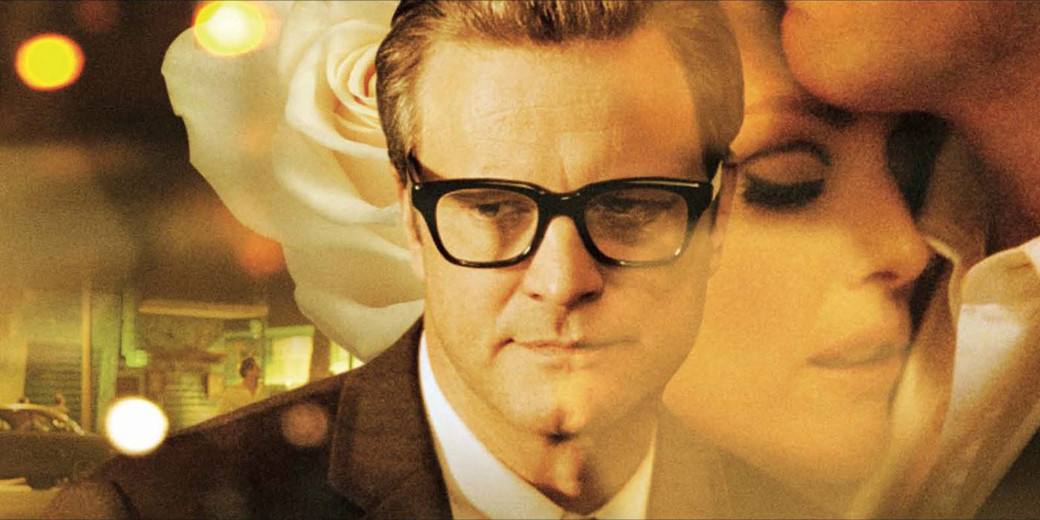
Director of Photography - Eduard Grau
Cameraoperator - Christopher Blauvelt
The Sensitive interplay between the Colour and Symbolism.
“The whole process of working on this film was magical. This was such a beautiful film to watch, but it also works at so many levels because of the depth to the story. And then the performance given by Colin Firth was absolutely sublime.”
– Eduard Grau
You May also Enjoy (cinematography by Eduard Grau)
The Man Who Wasn't There (2001) - Coen brothers
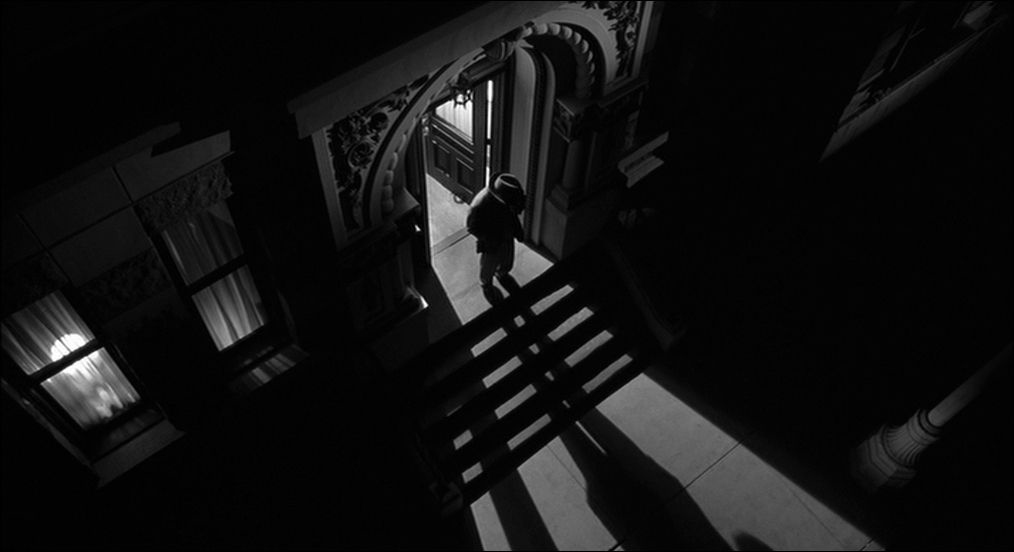
Cinematographer - Roger Deakins
Amazing black & white Noir movie with a beautiful Lights and Shadows.
It is a black and white film yet it was actually shot in color and afterwards converted to black and white in post-production to retain more control over the process.
"...the whole mood and the sadness, it’s cinema, you can’t actually explain it because it’s pure cinema. It makes you feel and think something only cinema can do.” – Roger Deakins
"It doesn’t matter what you record the image on. It’s the image you’re recording that’s important. It’s the framing, the way you move the camera, the choice of shot, the lighting within the scene. It’s not what you record the image on."
– Roger Deakins
Amélie (2001) - Jean-Pierre Jeunet
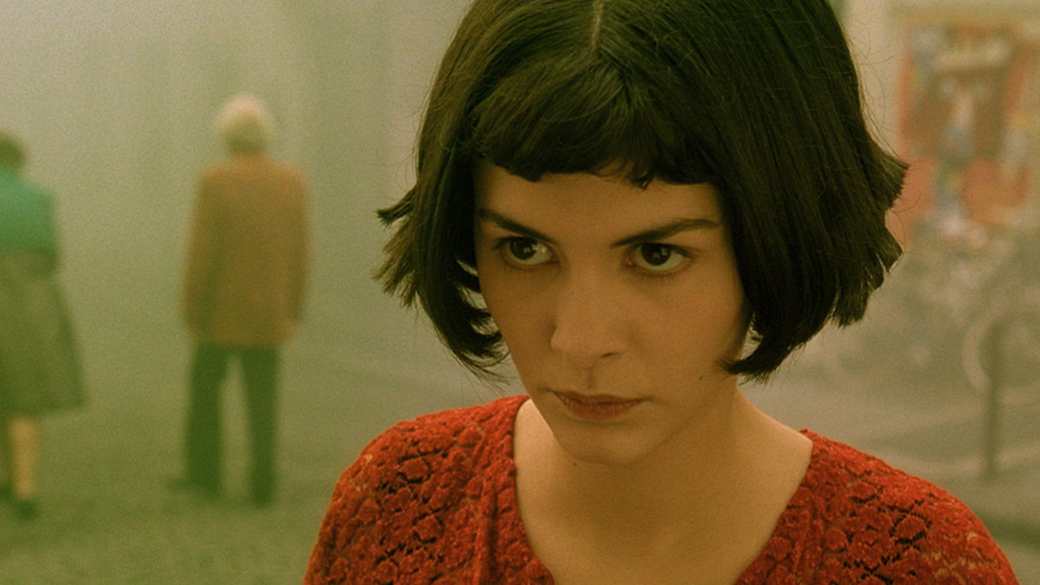
Cinematographer - Bruno Delbonnel
An Exceptional movie with a specific warm colour palette infused with reds and greens, with soft light and white angles. Shot on film.
"There are maybe 20 amazing directors in the world, and that’s it. The rest are crap. When I say crap, they just do coverage, and then they edit the movie and expect that it’s going to be a success."
– Bruno Delbonnel
"Do All the mistakes. Do all of them. Shoot something and you will discover something. And these discoveries are so beautiful, that you'll be happy"
– Bruno Delbonnel
You May also Enjoy (cinematography by Bruno Delbonnel)
- Darkest Hour (2017) - Joe Wright
- Inside Llewyn Davis (2013) - Coen brothers
- Harry Potter and the Half-Blood Prince (2009) - David Yates
- A Very Long Engagement (2004) - Jean-Pierre Jeunet
Malèna (2000) - Giuseppe Tornatore
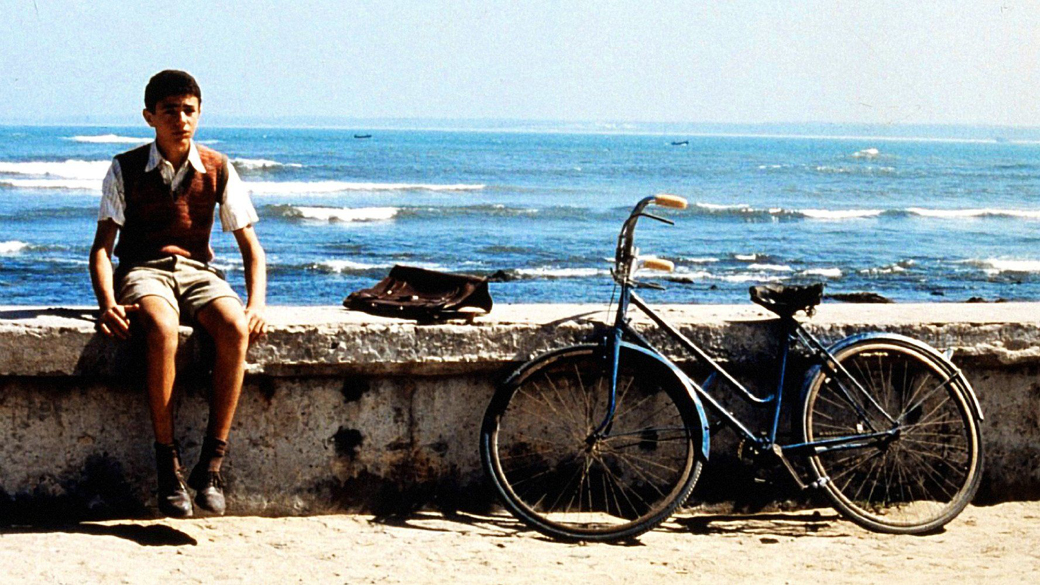
Cinematographer - Lajos Koltai
Music Composer - Ennio Morricone
A Beautiful and seductive movie with a lot of extraordinary humor and deep emotions.
“When I wrote the film, I wrote it for her - I knew that Monica Bellucci would be Malena. That was extraordinary."
– Giuseppe Tornatore
Some 3000 boys were considered, then reduced to 100, to 30, and finally to 9 who could improvise by asking the actress portraying Malena anything they liked.
“They were all a little shy, but at one point Giuseppe Sulfaro, while we were shooting, started asking her questions–‘How old are you? Do you have a boyfriend?’ Then he asked: ‘What size bra do you wear?’ The actress said: ‘I don’t know. Why don’t you look? Look for yourself.’ And he unbuttoned her shirt and said, ‘You’re the third size.’ He didn’t blush at all. It was incredible…. You could see that he had a receptive and reactive capacity that was very strong.” It was that incident which clinched the role for Sulfaro, and Tornatore says that he never for a moment regretted the choice.
“I knew that picking the wrong kid would mean throwing the film into the garbage.”
– Giuseppe Tornatore
In the Mood for Love (2000) - Wong Kar-Wai
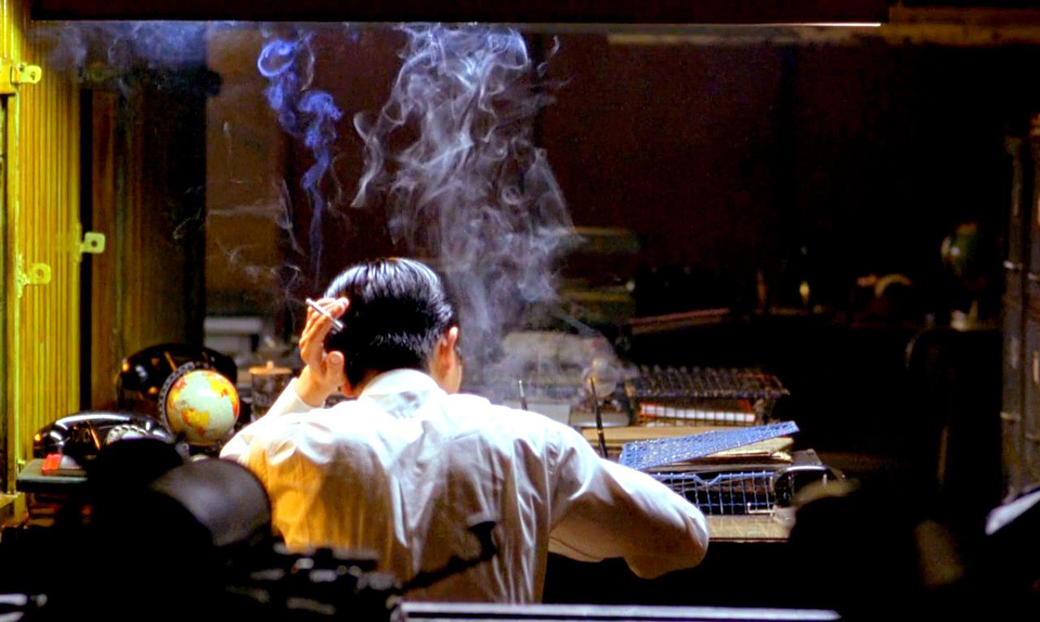
Cinematographer - Christopher Doyle & Mark Lee Ping Bin
The Poetical movie, full of the beautiful Silence of love and longing, serene feeling, with captivating music, vivid colours and brilliant juxtapositioning.
"In my world I think space can be formed by light in order to create poetry"
– Christopher Doyle
Cinematography of In the Mood for Love is full of the scenes conveying the sense that something is ‘out of reach’, which emphasizes of what is happening between Chow and Su. A camera placed in a narrow hallway, cracked wall, walking shadows, the phone, old mirrors, plants, curtains, windows, all of those distractions, which do not allow us to see the scene openly, create that sense of unreachability distantiating us further, adding the layer of detachment to emotions, to loneliness, to memories, to the sense of loss, to an irony of crying violin.
"I think the films that we've been trying to make try to give you a sense of space a sense of why this story happens because it happens here"
– Christopher Doyle
It's an amazing repetition of feelings and frozen details, and graceful movements, and rhymes of wardrobe patterns, and choreographic like scenes, that resonate in the rhythm of the waltz. It's fair to say, Christopher Doyle creates the Dance between the camera and the actors.
The movie is so visually rich, that I'm seduced to change the image above which represents it, again and again ^-^)
You May also Enjoy (cinematography by Christopher Doyle)
- Beanpole (2019) - Kantemir Balagov
- The Limits of Control (2009) - Jim Jarmusch
- 2046 (2004) - Kar-Wai Wong
- Happy Together (1997) - Kar-Wai Wong
- Fallen Angels (1995) - Kar-Wai Wong
- Chungking Express (1994) - Kar-Wai Wong
- Paranoid Park (2007) - Gus Van Sant
- Hero (2002) - Yimou Zhang
P.S. I'm doing it for Free.
Buy me a Glass of Wine if you feel that way
Bonus (^_^)
- Green Book (2018) - Peter Farrelly
- The Shape of Water (2017) - Guillermo del Toro
- Moonlight (2016) - Barry Jenkins
- The Danish Girl (2015) - Tom Hooper
- The Lobster (2015) - Yorgos Lanthimos
- Sin City: A Dame to Kill For (2014) - Frank Miller, Robert Rodriguez
- Nebraska (2013) - Alexander Payne
- Lincoln (2012) - Steven Spielberg
- War Horse (2011) - Steven Spielberg
- The King's Speech (2010) - Tom Hooper
- Slumdog Millionaire (2008) - Danny Boyle
- The Curious Case of Benjamin Button (2008) - David Fincher
- The Pianist (2002) - Roman Polanski
- Mulholland Drive (2001) - David Lynch
- Dancer in the Dark (2000) – Lars Von Trier
VOLUME 2 (Cinematography 1980s, 1990s)
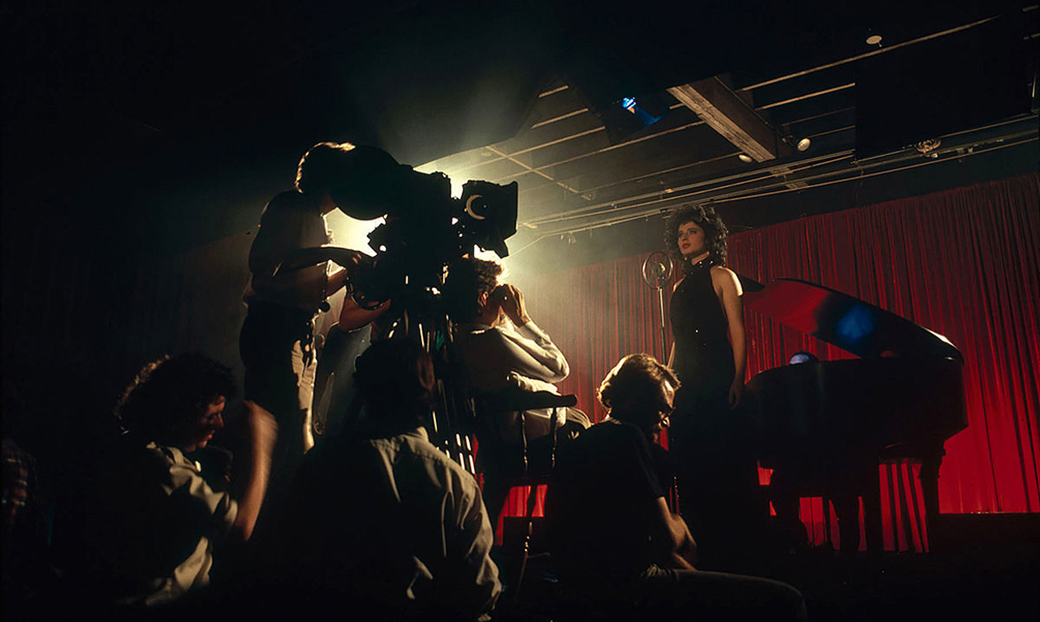
See Also
- Roger Deakins’ Legacy is Bigger Than an Oscar: A Frank Conversation With the Cinematography Legend
- ‘La La Land’ DP Linus Sandgren On The Challenges Of Capturing The Poetic LA Musical In Long, Fluid Takes
- Cinematographer Edward Lachman on ‘Carol’ as a Stylistic Foil to ‘Far From Heaven’
- The Best Cinematography: A Look At Birdman
- TheGuardian Interview Roy Andersson: ‘I’m trying to show what it’s like to be human’ by Jonna Dagliden
- Paolo Sorrentino Talks Oscar-Winner ‘The Great Beauty’
- Cinematographer Luca Bigazzi discusses his work on Paolo Sorrentino’s film “Youth”
- TheGuardian Interview Jim Jarmusch: 'Women are my leaders'By David Ehrlich
- THE NEW YORKER - “Ida”: A Film Masterpiece
- Spanish cinematographer, Eduard Grau talks about "A Single Man" movie
- ‘The Man Who Wasn’t There’: A Lovely, Artistic Exhibition of the Coens’ Filmmaking Prowess
- Shooting The Oscars’ Most Centered Movie: The Precision Filmmaking Behind “Grand Budapest Hotel”
- Cinematographer Bruno Delbonnel Talks INSIDE LLEWYN DAVIS, Collaborating with the Coen Brothers, Creating a Mood, and Using Cinema as a Language
Anamorphic lenses are specialty tools which affect how images get projected onto the camera sensor. They were primarily created so that a wider range of aspect ratios could fit within a standard film frame, but since then, cinematographers have become accustomed to their unique look. ↩︎ ↩︎